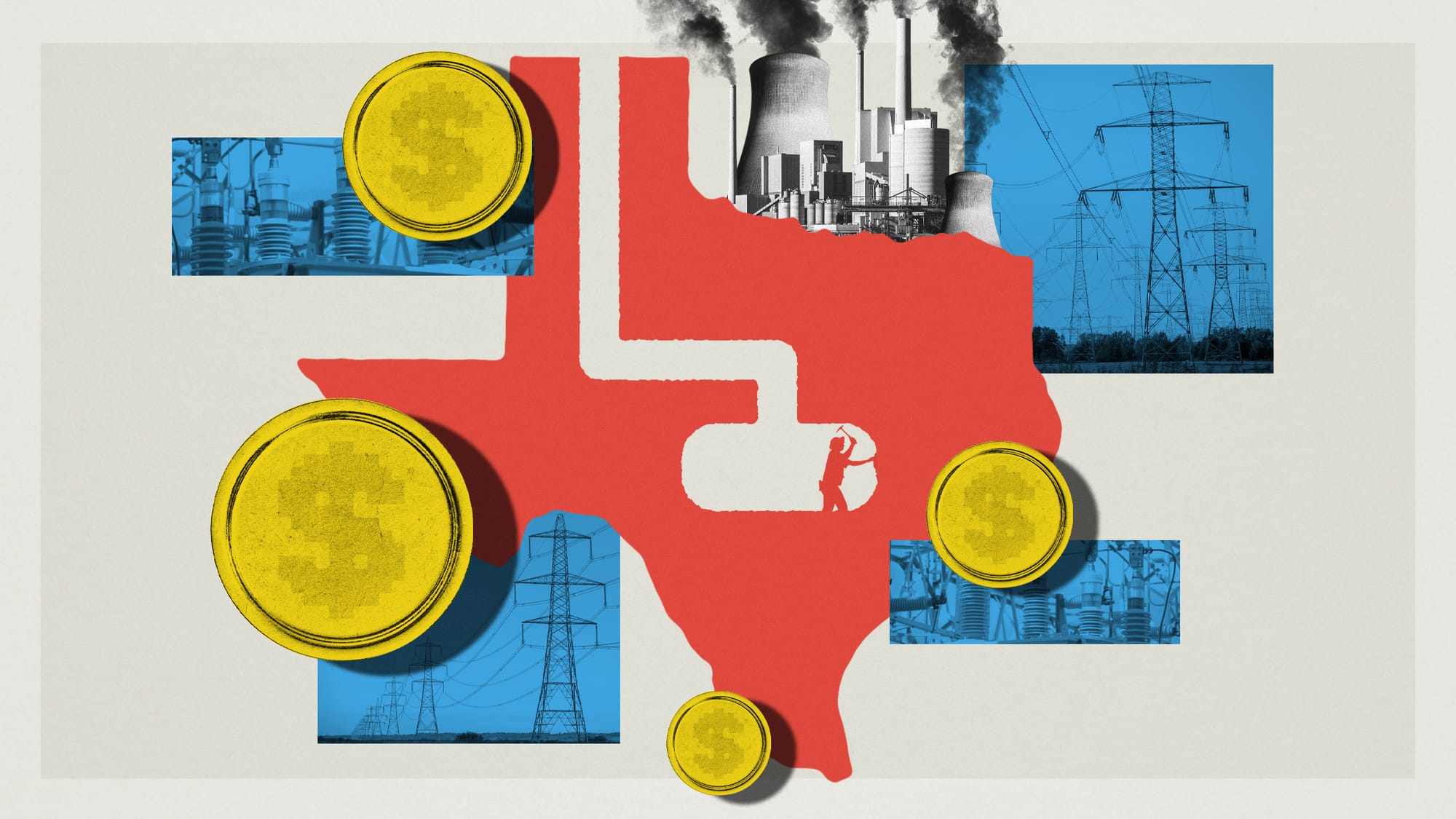Bitcoin Mining in Texas: Balancing Economic Benefits and Community Challenges

In the quiet town of Granbury, Texas, the hum of Bitcoin mining facilities has disrupted the lives of local residents, casting a spotlight on the darker side of the cryptocurrency boom. A recent video by More Perfect Union, a nonprofit newsroom, delves into the challenges faced by communities living near these energy-intensive operations.
The investigation reveals how lax regulations, cheap energy, and political support for crypto in Texas have fueled the rapid growth of Bitcoin mining, often at the expense of residents’ health, finances, and environment. As companies like Marathon Digital Holdings and Riot Platforms expand, locals are left grappling with noise pollution, soaring utility costs, and a sense of abandonment by their elected officials.
Bitcoin Mining Health, Environmental, & Economic Impacts
The relentless noise from Bitcoin mining facilities has transformed peaceful neighborhoods into sources of constant distress. In Granbury, residents like Nick and Virginia Browning, both in their 80s, describe their lives as unbearable since a nearby Marathon Digital Holdings facility began operations. The low-frequency hum, measured at levels far exceeding the legal limit of 85 decibels, causes headaches, dizziness, and sleep deprivation. Some, like neighbor Tom Weeks, link severe health issues, including a pulmonary embolism, to the stress induced by this unending noise, which also affects pets and wildlife, leaving horses anxious and properties devalued.
Beyond health concerns, Bitcoin mining’s energy consumption puts a strain on Texas’s power grid and drives up costs for residents. According to More Perfect Union, the single facility in Granbury uses enough electricity to power a city the size of Austin, contributing to projections that Texas’s energy demand could double by 2030.
Bitcoin Mining Energy Consumption Claims
The video claim that the Granbury Bitcoin mining facility uses as much electricity as the city of Austin isn't fully accurate. The facility operates at around 300 MW, while Austin’s peak demand is estimated at 3,000–4,000 MW, making the comparison somewhat exaggerated. Furthermore, Bitcoin miners do not simply strain Texas’s power grid; they actively support its stability. Through ERCOT’s demand response programs, miners curtail usage during peak demand, saving 4.1 GWh in 2025. They also sell pre-purchased power back to the grid, with Riot Platforms earning $32 million in a single month, reducing reliance on expensive gas peaker plants and potentially saving Texas $18 billion. By consuming excess renewable energy during low-demand periods, miners minimize waste and support Texas’s wind and solar infrastructure.
Water usage is another pressing issue according to the video, particularly in drought-prone Texas. The Riot Platforms mine in Corsicana is expected to consume up to 1.5 million gallons of water daily, threatening local supplies like Navarro Lake, which residents rely on. Local resident Teresa voiced a simple yet profound concern, stating that water is non-negotiable for her community’s survival, underscoring the tangible stakes of unchecked industrial growth.
The political landscape in Texas further complicates the issue, as the state markets itself as a crypto hub with minimal oversight. Governor Greg Abbott has championed Texas as the “crypto capital,” while politicians like Senator Ted Cruz have embraced the industry, bolstered by substantial donations from crypto-related groups. Efforts to regulate the industry, such as a 2023 bill to limit tax breaks for miners, have stalled, leaving communities with little recourse. This lack of regulation creates a “Wild West” scenario where corporate profits take precedence over public welfare, frustrating residents who feel their concerns are ignored.
The promises of economic benefits from Bitcoin mining, such as job creation and grid stabilization, often ring hollow for affected communities. Adrian Shelley of Public Citizen notes that these facilities produce a “virtual product” with no tangible benefits for locals, who instead bear the brunt of pollution, noise, and higher costs. Residents like Sheryl Shannon are organizing to fight back, but their efforts are hampered by limited legal options in unincorporated areas. Hood County Commissioner Nanette Samuelson expressed deep frustration, noting the profound impact on residents’ lives and her inability to enact meaningful change.
Bitcoin Mining Economic Benefits Claims
The assertion in the video that Bitcoin mining provides no tangible benefits to local communities overlooks economic contributions. Facilities like Granbury’s require local construction crews for building and ongoing staff for maintenance, security, and technical operations, with similar facilities like Riot Platforms’ in Rockdale supporting 250 full-time local jobs. These operations stimulate local economies through spending on goods and services. Miners also enhance grid stability by curtailing power during peak demand, saving 1,000 MW during heat waves, and using excess renewable energy, which supports Texas’s wind and solar sectors.
While noise pollution remains a concern for residents near Bitcoin mining facilities, companies are increasingly adopting mitigation technologies like immersion cooling to reduce environmental and auditory impacts. New regulations requiring large miners to register with the Public Utility Commission of Texas (PUCT) enhance transparency and improve grid management, helping to address community concerns. These efforts demonstrate the crypto industry’s commitment to balancing operational needs with local well-being. By fostering collaboration between miners, regulators, and communities, Texas can better navigate the challenges and opportunities presented by this growing industry.

